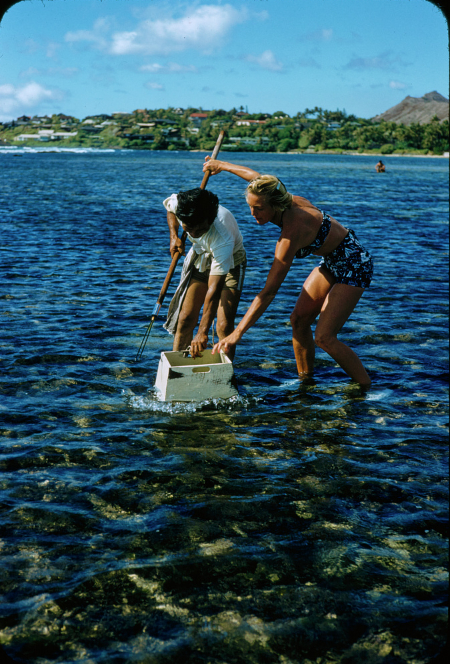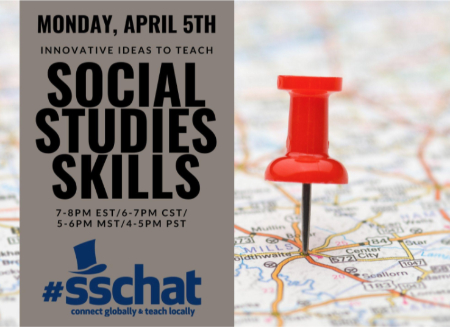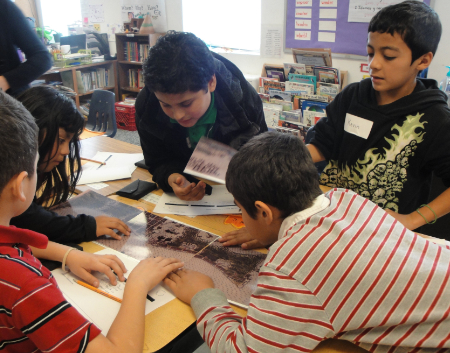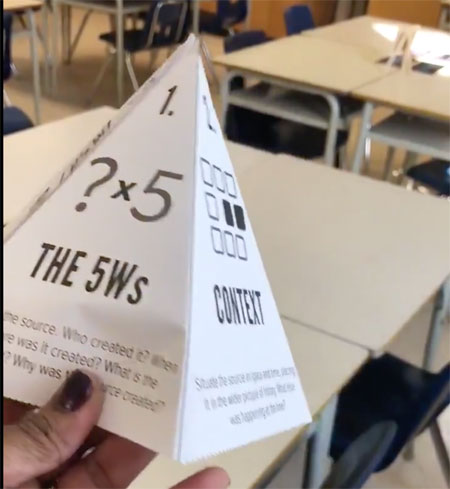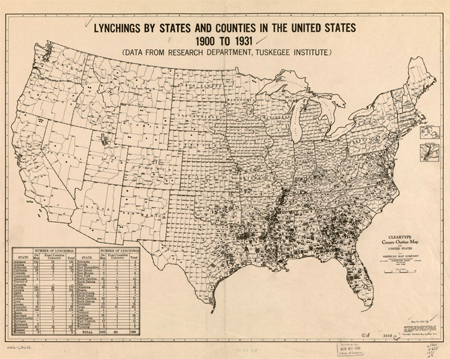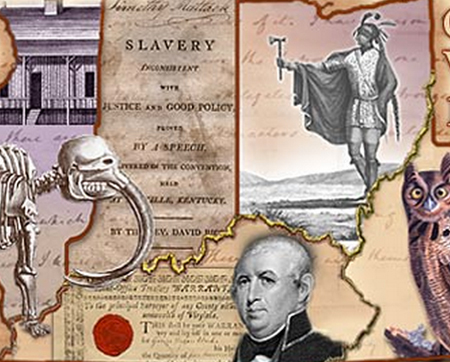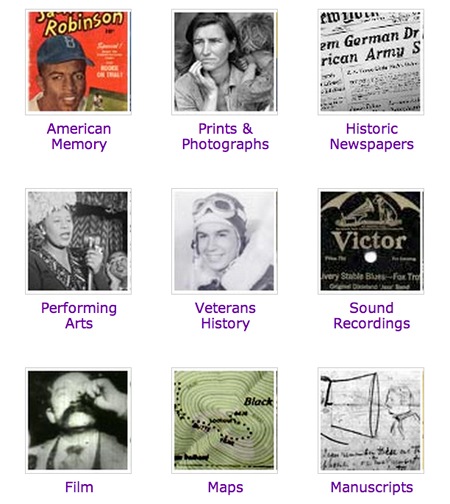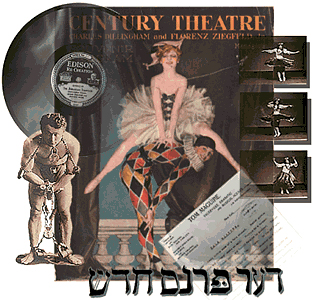Selecting Primary Sources: Strategies & Tips
Use these resources from the Library of Congress and Citizen U to help you select the best primary sources for instructional use. Foundations Webinar: Selecting Primary Sources recording | session materials Selecting Primary Sources: Criteria for Classroom Use Selecting Primary Sources: Knowing your Students Selecting Primary Sources: Learning Activity Criteria Selecting Primary Sources for the…

